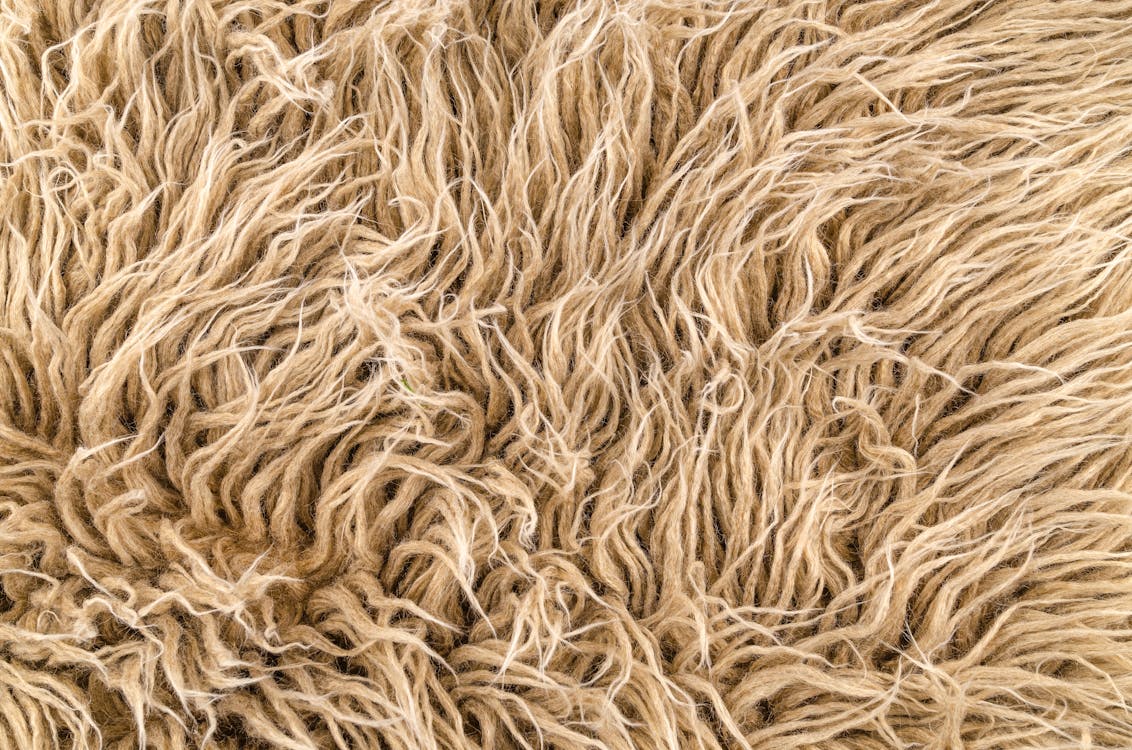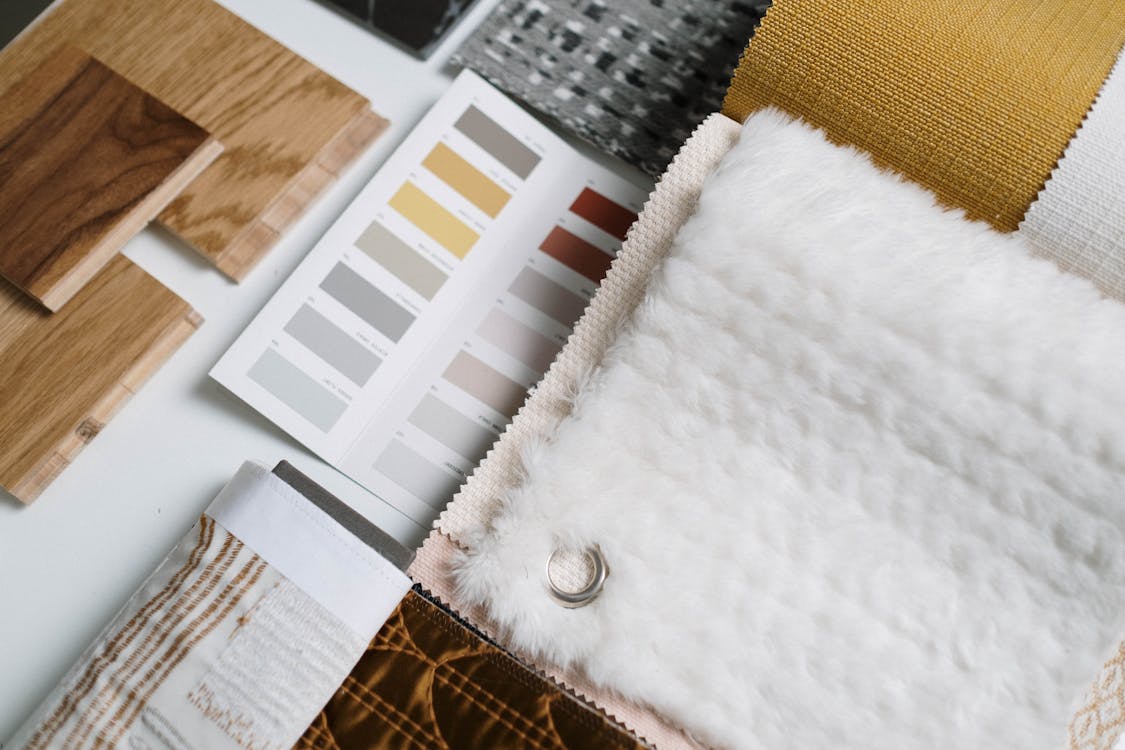Share
Blended Fabrics: A Guide for (Vintage) Fashion Enthusiasts

Blended Fabrics: A Guide for Vintage Fashion
Blended fabrics are a cornerstone of modern and vintage fashion, combining the best properties of different fibers to create versatile, durable, and stylish textiles.
For vintage clothing enthusiasts, understanding blended fabrics is essential for identifying quality pieces, appreciating their history, and even creating new designs.
In this blog, we’ll explore what blended fabrics are, their advantages, popular types, and how they fit into the world of vintage clothing and sustainable fashion.

What Are Blended Fabrics?
Blended fabrics are textiles made by combining two or more types of fibers.
These fibers can be natural (like cotton or wool), synthetic (like polyester or nylon), or semi-synthetic (like rayon).
The goal of blending is to enhance the fabric's properties, such as durability, comfort, stretchability, or aesthetic appeal.
For example:
Cotton-Polyester blends combine the softness of cotton with the durability of polyester.
Wool-Polyester blends offer warmth with added wrinkle resistance.
Rayon-Polyester blends provide a luxurious feel with easy maintenance.
Blended fabrics are widely used in both contemporary and vintage clothing.
They offer a perfect balance between functionality and style, making them a favorite among designers and consumers alike.

Why Are Blended Fabrics Popular in Vintage Clothing?
Vintage clothing often features blended fabrics because they were designed to meet specific needs during their time.
For instance:
Durability
In the mid-20th century, polyester blends became popular for their resistance to wear and tear.
Cost-effectiveness
Blending natural fibers with synthetic ones reduced production costs while maintaining quality.
Aesthetics
Blends allowed for innovative textures and patterns that defined fashion trends of different eras.
For example, double-knit polyester was a hallmark of 1970s leisure suits, offering structure and durability[6].
Similarly, rayon-polyester blends were used in 1960s dresses for their soft drape and vibrant colors[4].

Advantages of Blended Fabrics
Blended fabrics offer several benefits that make them ideal for both vintage collectors and modern sustainable fashion enthusiasts:
Enhanced Durability
Synthetic fibers like polyester add strength to natural fibers.
Improved Comfort
Cotton or wool blends ensure breathability while maintaining shape.
Cost-Efficiency
Combining fibers reduces overall production costs.
Versatility
Blends can be tailored for specific uses like activewear, formalwear, or casual clothing.
Eco-Friendliness
Some blends use recycled materials, aligning with sustainable fashion principles.

Popular Types of Blended Fabrics in Vintage Clothing
Cotton-Polyester
This blend is one of the most common in both vintage and modern apparel.
It combines cotton's softness with polyester's wrinkle resistance[2].
Commonly found in shirts, dresses, and bed linens.
Wool-Polyester
Used in suits and outerwear, this blend offers warmth without the bulkiness of pure wool[2].
It's ideal for structured garments like coats and blazers.
Rayon-Polyester
Known for its luxurious feel, this blend was popular in mid-century dresses and skirts[4].
It offers a silky texture with added durability.
Nylon-Wool
This blend is often used in outdoor gear due to its moisture-wicking properties and warmth[2].
It’s less common in vintage fashion but highly sought after by collectors.
Lycra-Cotton
Perfect for fitted garments like leggings or bodysuits from the 1980s[2].
Lycra adds stretch while cotton ensures comfort.

How to Identify Blended Fabrics in Vintage Clothing
Identifying blended fabrics can be tricky but rewarding for vintage enthusiasts:
Feel the Texture
Blends often have a unique texture that combines softness with structure.
Inspect the Label
Vintage labels often indicate the fiber composition (e.g., "50% Cotton, 50% Polyester").
Look for Signs of Aging
Synthetic fibers age differently than natural ones; look for pilling or color fading.
Test the Fabric
A burn test (done cautiously) can help identify fiber types based on how they burn or smell.

Sustainable Fashion and Blended Fabrics
Blended fabrics play a significant role in sustainable fashion when sourced responsibly:
Recycled Materials: Many modern blends use recycled polyester or cotton.
Longevity: Durable blends reduce the need for frequent replacements.
Versatility: Multi-functional fabrics minimize waste by serving various purposes.
Vintage blended fabrics are inherently sustainable as they promote reuse over new production.

Care Tips for Blended Fabrics
Proper Textile Care ensures longevity:
1. Wash according to the most delicate fiber in the blend (e.g., cold wash for wool-polyester).
2. Avoid high heat when drying; synthetic fibers can melt or shrink.
3. Use mild detergents to preserve colors and textures.
Conclusion
Blended fabrics are a fascinating aspect of vintage clothing that combines history with practicality.
Whether you’re a collector, seller, or simply a fan of sustainable fashion, understanding these textiles can enhance your appreciation for vintage style while opening up new opportunities for creativity and profit.
By incorporating blended fabrics into your wardrobe or business strategy, you not only celebrate timeless fashion but also contribute to a more sustainable future.
---
References
Cloth Control (2022) *Vintage Fabric | Sustainable Dressmaking Fabric*. Available at: https://clothcontrol.com/collections/vintage-sustainable-fabric (Accessed: 10 February 2025).
Spocket (2024) *Guide to Cotton, Polyester, and Blended Fabrics*. Available at: https://www.spocket.co/blogs/guide-to-cotton-polyester-blended-fabrics (Accessed: 10 February 2025).
Darcy Clothing (2025) *Identifying Vintage Fabrics*. Available at: http://my-vintage-clothing.blogspot.com/p/identifying-vintage-fabrics.html (Accessed: 10 February 2025).
The Vintage Seeker (2025) *Is Vintage Polyester That Bad? Everything You Need To Know About The Fabric*. Available at: https://www.thevintageseeker.ca/magazine/is-vintage-polyester-that-bad-everything-you-need-to-know-about-the-fabric (Accessed: 10 February 2025).
Fabrics Galore (2025) *Dressmaking Fabrics | Shop The Dress Fabric Collection*. Available at: https://www.fabricsgalore.co.uk/collections/dressmaking-fabric (Accessed: 10 February 2025).
Citations
[1] https://clothcontrol.com/collections/vintage-sustainable-fabric
[2] https://www.spocket.co/blogs/guide-to-cotton-polyester-blended-fabrics
[3] https://www.darcyclothing.com
[4] http://my-vintage-clothing.blogspot.com/p/identifying-vintage-fabrics.html
[5] https://www.fabricsgalore.co.uk/collections/dressmaking-fabric
[6] https://www.thevintageseeker.ca/magazine/is-vintage-polyester-that-bad-everything-you-need-to-know-about-the-fabric
[7] https://www.dalstonmillfabrics.co.uk/dress-fabrics/linen.html
[8] https://vegatextiles.co.uk/products/checked-vintage-wool-blend-fabric-59-wide
[9] https://www.joelandsonfabrics.com








